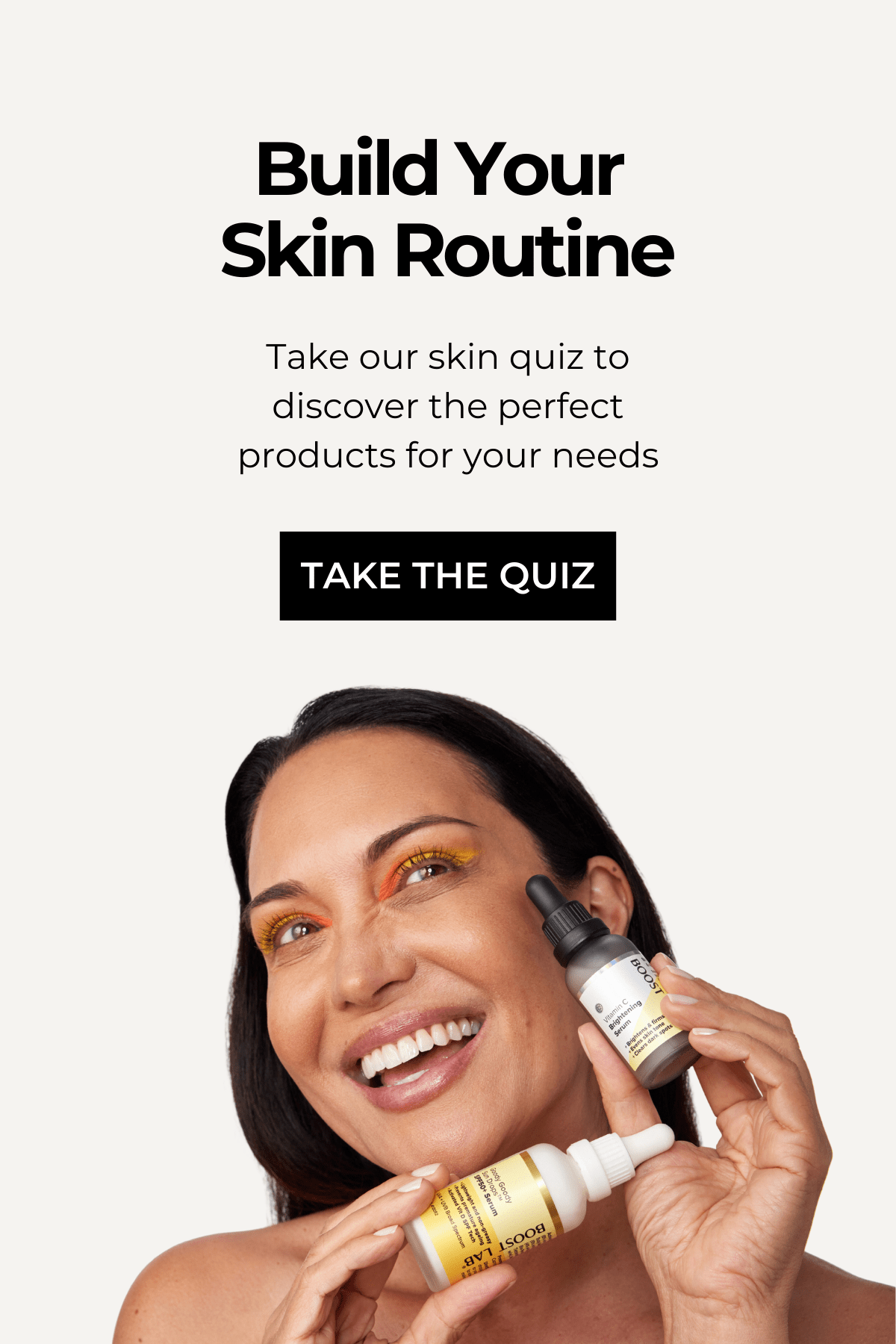-
Blemish Rescue Serum
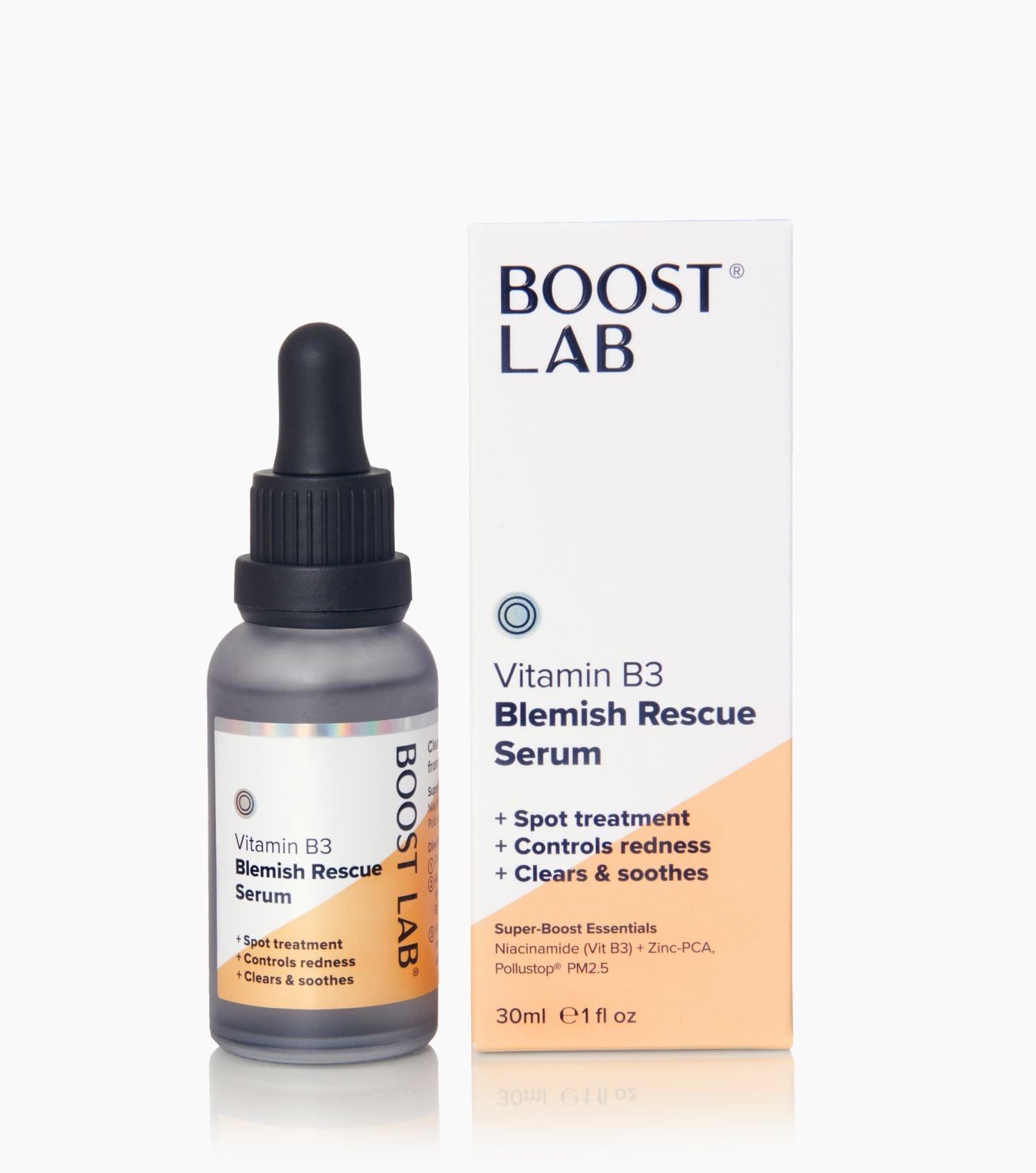
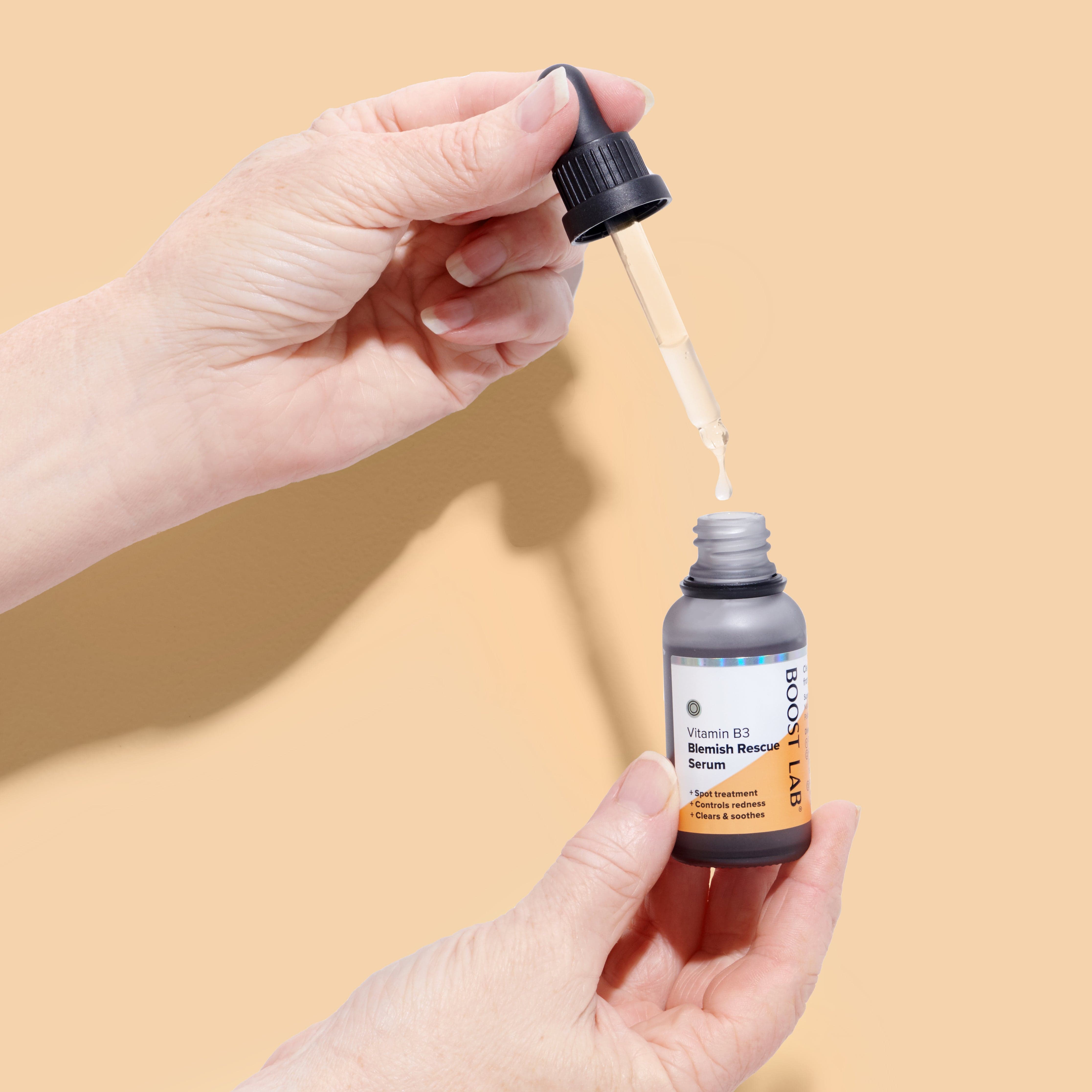 Vitamin B3 - Hormonal Breakout Control
Vitamin B3 - Hormonal Breakout ControlBlemish Rescue Serum
For blemish-free skin
- Regular price
- $29.95
- Sale price
- $29.95
- Regular price
-
Rated 4.6 out of 5 stars313 Reviews -
Nourishing Oil Cleanser

 Melts Makeup
Melts MakeupNourishing Oil Cleanser
The perfect prep step for your PM routine
- Regular price
- $29.95
- Sale price
- $29.95
- Regular price
-
Rated 4.6 out of 5 stars29 Reviews -
Perimenopausal Breakout Bundle
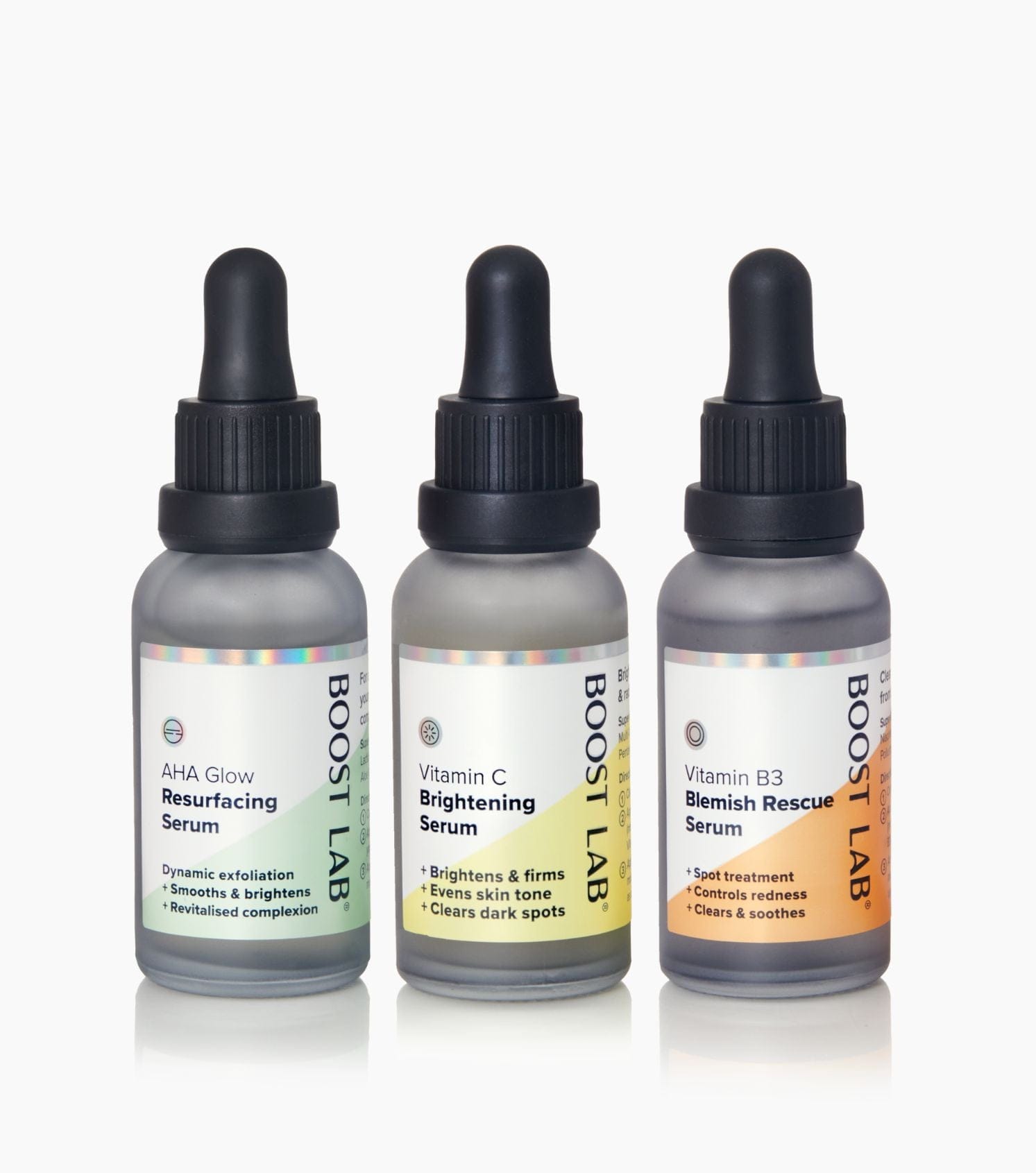
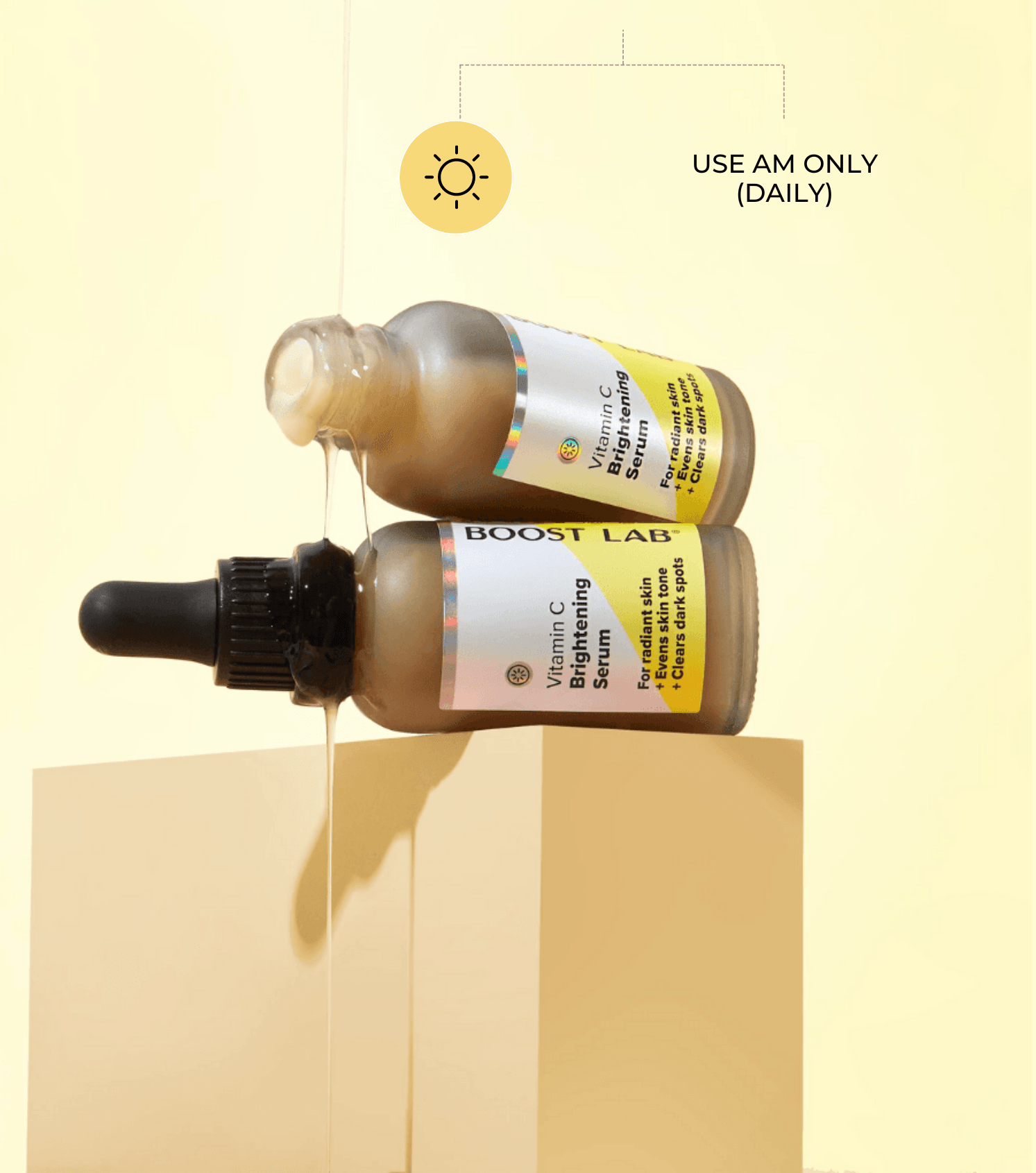 Ultimate Treatment
Ultimate TreatmentPerimenopausal Breakout Bundle
- Regular price
- $71.88
- Sale price
- $71.88
- Regular price
-
$89.85
Rated 4.7 out of 5 stars62 Reviews
More information
Best Blemish Treatment Products
HAVE A QUESTION?
Skincare for Blemishes
Which serum is best for blemishes?
How do you use blemish serum?
What is the best product for blemishes and redness?
How do you get rid of blemishes?
What’s the best ingredient to shrink pores?
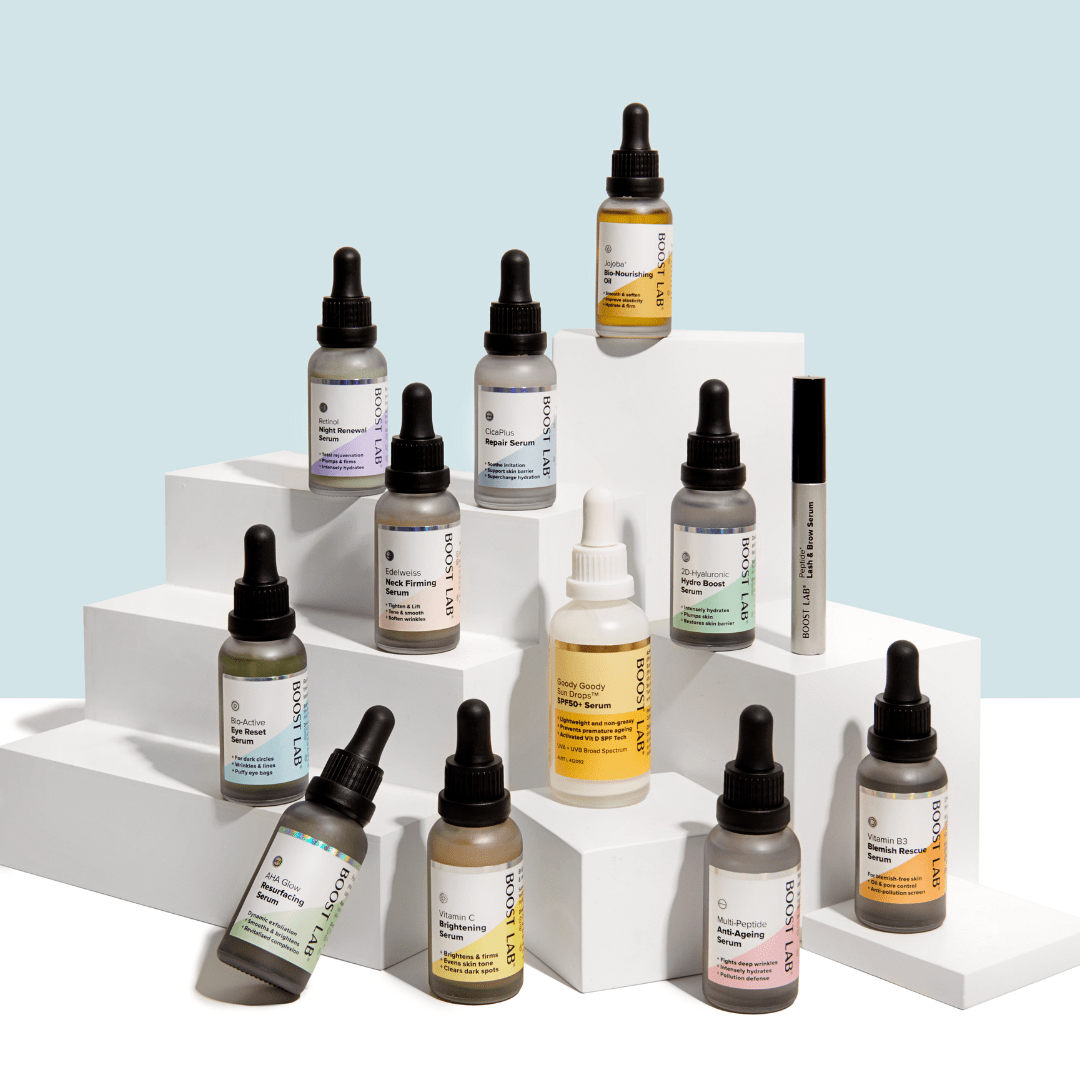
Transparency. Sustainability. Innovation.
The Boost Lab Promise
We’re continually evolving our commitment to social responsibility and always looking for ways to be more transparent, sustainable and innovative.

Transparency
What we do promise is to continue to review our processes and always aim to do more, learn more and be better.

Sustainability
What is Clean Science? For BOOST LAB it is about doing the right thing.
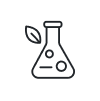
Inclusivity
We create skincare for everyone and this flows into everything we do in the workplace.
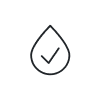
Innovation
Central to our skin health mantra is derma innovation that looks into the latest insights from skin science to ingredient technologies.


